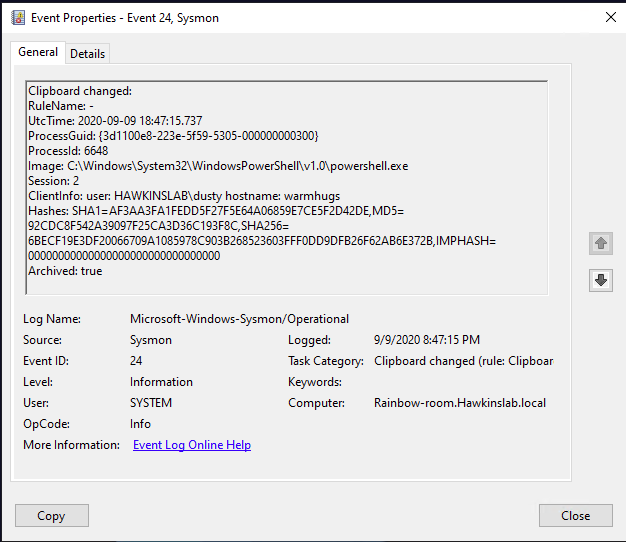Masayuki Uemura and his role in game history
In our country and the CIS countries, as many who grew up in the 90s remember, the Dendy prefix was widespread. And even now, thanks to the Internet and the rapid dissemination of information, it is known that Steepler’s Dendy is a complete hardware clone of the third generation of the Famicom consoles of the Japanese company Nintendo, known in Europe and the USA as the NES (Nintendo Entertainment System). The clone is, of course, unlicensed. And the original, or rather Family Computer or Famicom, was designed by a Japanese engineer – Masayuki Uemura.
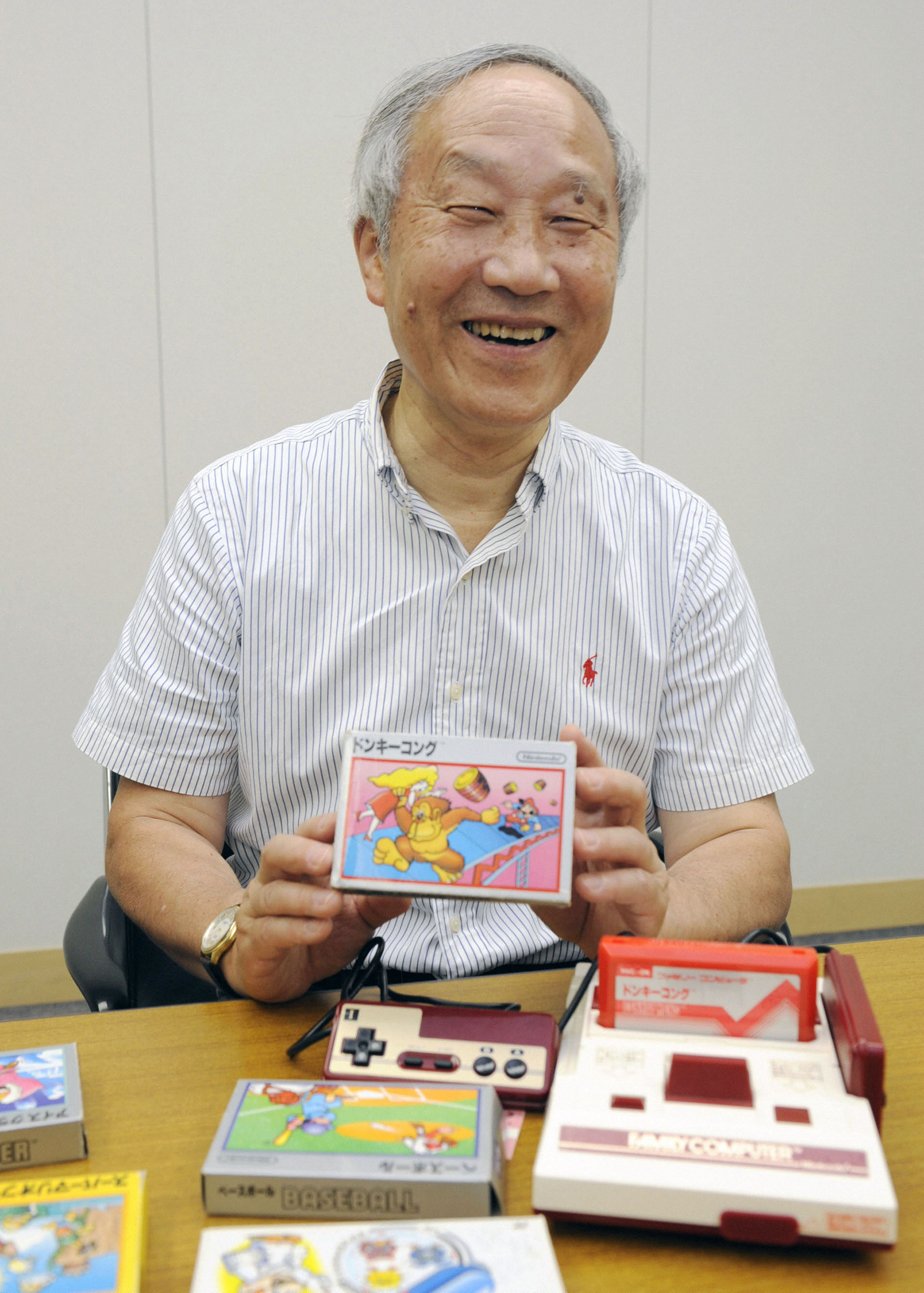
This prefix was sold in huge numbers, in September 1993 its sales reached 2000 pieces per day. Even other Famiclon in our country called Dendy, the same Kanga or Subor. How Dendy managed to conquer the CIS market and, in particular, Russia, why the original Japanese set-top boxes passed by is a subject for a separate conversation. As popular as the Famiclons are, they remain secondary to the original console. Unfortunately, on December 6, 2021, Masayuki Uemura passed away. But until 2004, he headed the research and development department at Nintendo called Nintendo R & D2 (Nintendo Research and Development 2). This division has long been gone, it merged with Nintendo Entertainment Analysis & Development.
Uemura graduated from the Chiba Institute of Technology (Japan) with a degree in electrical engineering. After graduation, he went to work at Sharp and, as himself said:
“In my early school years, I had a strong memory of creating radio – so I dreamed of becoming an engineer. When I joined Sharp, after graduation, I started selling solar cells. At the time, steel mills used this technology – and that’s how I started selling these devices. At Sharp, I was able to sell solar cell technology to many companies, including Nintendo. If I was engaged in the creation of semiconductors, I could have a completely different life … “.
Seeing the potential in the photocell technology that Uemura traded (Uemura and Sharp also had a proposal to make gaming solutions based on them), he was able to interest from the design engineers Gunpei Yokoi and Nintendo.
Series toy weapons Nintendo Kôsenjû SP was a phenomenal success in Japan, and Uemura in 1971 was invited to the future flagship of the gaming world. In 1973, the Laser Clay Shooting System was created, which was successful precisely due to the photocells. But the oil crisis that year thwarted Nintendo’s plans and nearly bankrupted the company. Based on this shooting range, the 1976 home game Duck Hunt and the beloved 1984 Duck Hunt for the NES were created. Most likely, the very fact that the company got into debt and had to get out of the hole where they drove themselves with their shooting galleries on photocells, became the reason for the division into three almost independent departments. One of them, Nintendo R&D 2, was headed by Uemura, R&D 1 was headed by Yokoi, and R&D 3 by Ganyo Takeda.
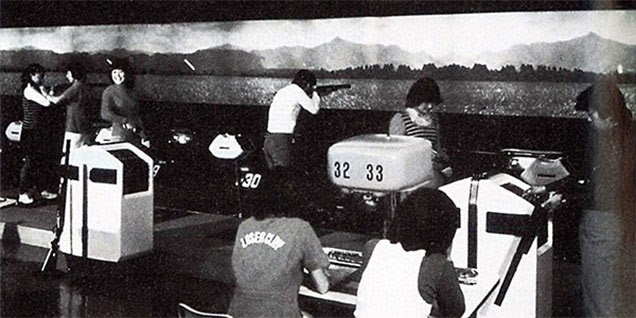

In his post, Uemura revealed himself to the fullest. After an unsuccessful investment in their shooting galleries, Nintendo had three successful projects related to game consoles:
Game & Watch – a portable protocol console, residents of the USSR and the former USSR saw an analogue called “Electronics” with a wolf collecting eggs, or Mickey Mouse, and many others;
Computer Othello – analogue of “Reversi”;
Color TV Game in 5 different variations – Color TV-Game 15, Game Racing 112, Color TV Game Block Kuzushi and Computer TV Game (essentially a more compact version of Computer Othello, but without a timer).
In 1983, these devices were completely discontinued in favor of the newly created new revolutionary Famicom, which later became the NES. It all started with a call from Uemura from then-president Hiroshi Yamauchi (he ran the company from 1949 to 2002). As Uemura himself said:
“It all started with a phone call in 1981. President Yamauchi told me to create a video game system that could use cartridges. He always liked to call me after a little drink, so I didn’t think much of that. I just said, “Of course, boss,” and hung up. Only the next morning, when he came up to me, sober, and said, “What we were talking about – are you in business?”, It dawned on me: he was serious “.
And here Uemura’s engineering mind turned around. The first thing that was done was to buy all the existing well-known consoles on the market at that time. Then they were all sorted out and analyzed. After carefully studying them, Uemura came to the conclusion that they would not help him in any way, since at that moment they were already irrelevant. Therefore, I had to do everything practically from scratch. And now, after 2 years and a contract for the supply of chips from Ricoh to Japan, the first eight-bit Family Computer was revealed.
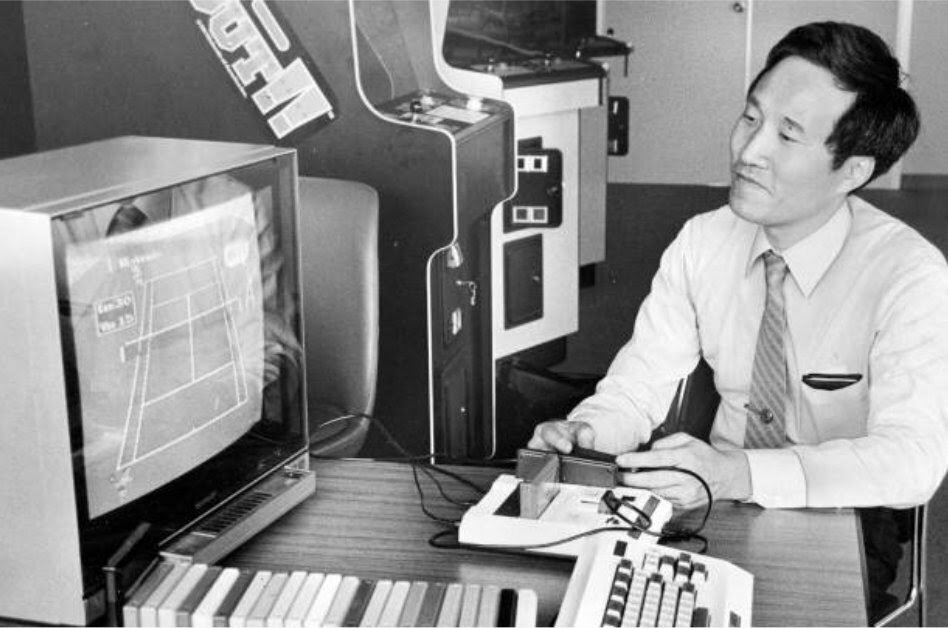
Oddly enough, the first version did not avoid problems in operation. The engineer was given a condition to make the console no more than 5,000 yen, so in the first consoles the joysticks were soldered into the console itself. At that point in time, the addition of detachable connectors greatly increased the cost of production. Many years later, Uemura regretted this decision due to the large number of returns in case of breakdowns, because after the breakdown of the joysticks, the entire console had to be returned.
In general, the developers initially wanted to make one controller, but Yamauchi insisted on two so that several people could play. And as a result, there were two controllers. One of the fun facts – the idea to make a microphone in the second controller (in the first versions of consoles they were) belonged to Uemura. He wanted to play the karaoke boom in Japan, but unfortunately it was practically useless rudiment as it was used in literally a few games. And yes, many console users in the 90s in our country remembered just the design of the first Famicom, which in the CIS countries was called Dendy Junior. True, there was a nuance – the Taiwanese threw out an expensive microphone from the second joystick. Yes, there were other designs, but this one definitely cut into the memory of a generation.
Despite the problems with the first revisions of the consoles in Japan, they sold out in huge numbers. But Masayuki was not up to the celebration of victory, he dealt with returns and fixed the problems of broken joysticks. Importantly, the creation of his game solution coincided with crisis of games in America. And in late 1985, the release of the NES ushered in a new era for gaming consoles. Naturally, its spread in the United States was facilitated by the porting of Dokey Kong from arcade machines to the console and the release of Super Mario Bros for the American market.
In addition to games, Uemura also had a hand in the NES Zapper – the evolution of the very weapons and shooting gallery that drove Nintendo into debt. He was also involved in the development of the Famicom Disk System (FDS), a device that allows you to play on floppy disks, which could reduce the cost of producing games, and most importantly, save the game without additional memory cards and other things. The floppy disks themselves for the device had their own proprietary format. But apart from Japan, nowhere else was it produced.
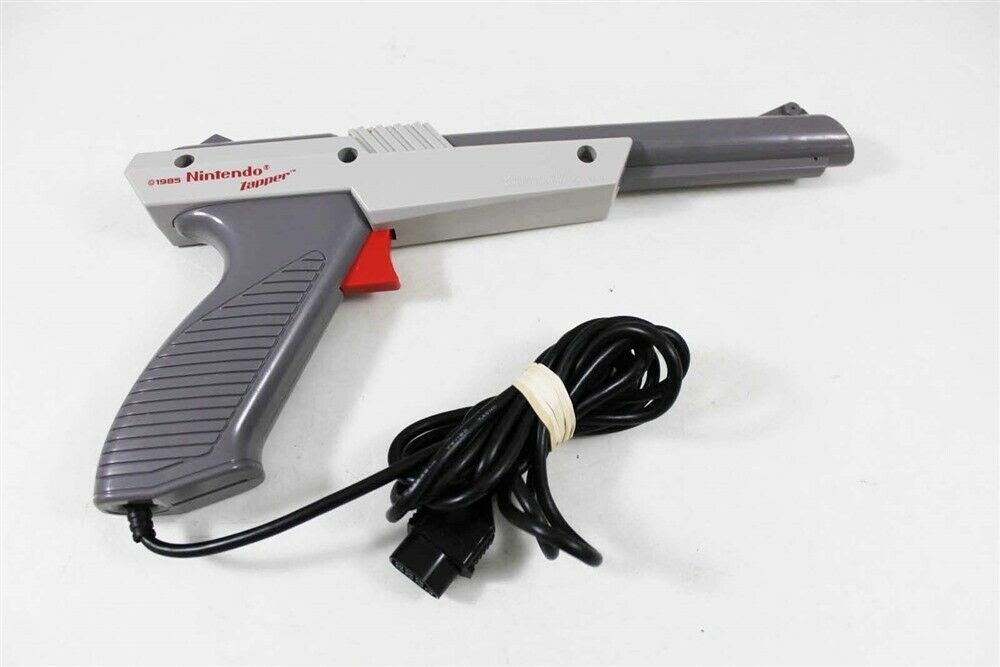
Yes, and there were problems with connecting to the network – the device had its own adapter, or it was necessary to use 6 batteries of type C (R14), besides this, the problems of wear inside the drive and much more.
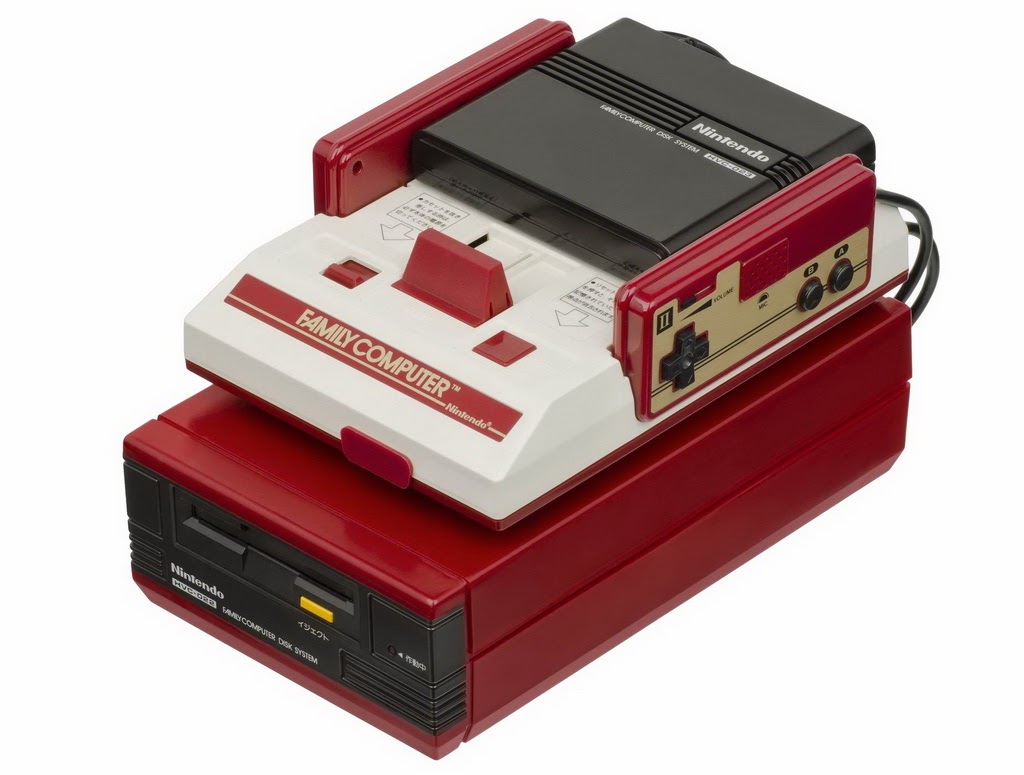
In 1988, Masayuki began developing Nintendo’s sixteen-bit solution, the Super Nintendo Entertainment System (SNES) or Super Famicom. And in 1990 it came out in Japan, in 1991 in the USA. Here I had to fight with Sega and its Sega Mega Drive 16 bit.
Masayuki Uemura also partnered with Sony’s Ken Kutaragi during their collaboration on a new PlayStation CD drive (yes, it should have been called that) for the SNES. But at the last moment, the deal was canceled. And in 1994 the PlayStation came out.
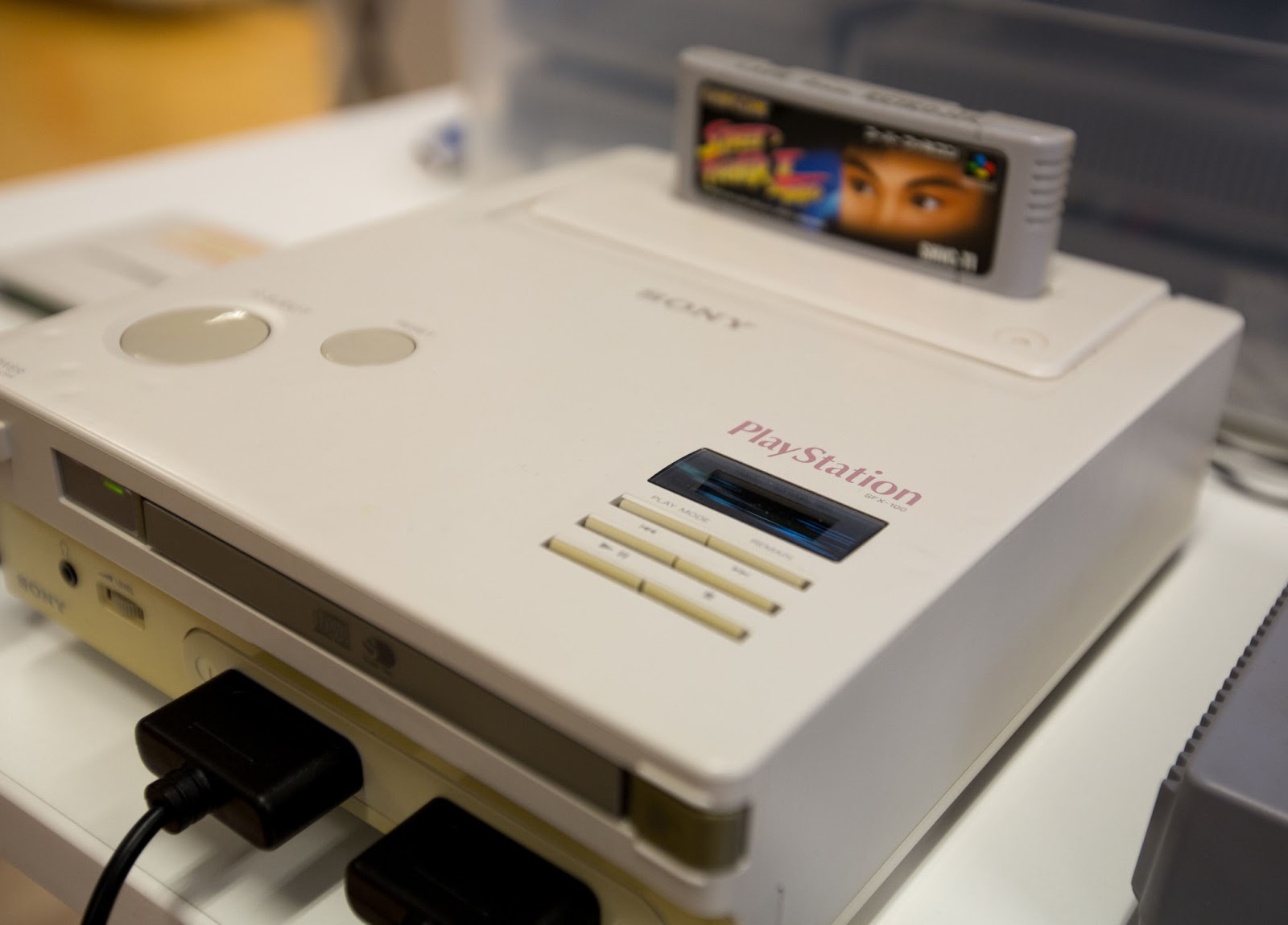
If Uemur and his team did not work out with a CD drive, then with things that were more revolutionary for their time, it worked out as it should. In 1995, he and his team introduced The Satellaview, a Super Famicom-connected modem that allowed players to download games, magazines, and other content then available via satellite broadcasts. But there was a nuance – the equipment was needed by the Japanese company St. GIGA. This company had a contract with Nintendo to provide services. Users could buy a modem add-on in the form of a special satellite (BS) tuner directly from St. GIGA or rent it for six months. And you also had to pay monthly fees for St. GIGA and Nintendo. At the same time, special versions of the Legend of Zelda games were released, which were divided into episodes. These are now called “chapters” or DLCs, depending on the length and desires of the marketing. This device, like the FDS, was only available in Japan.
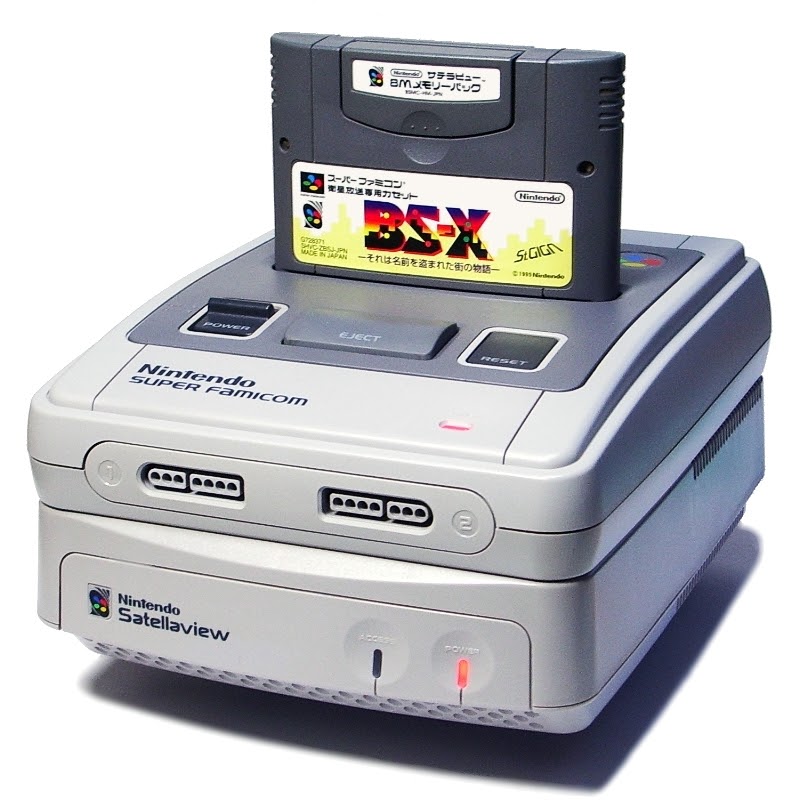
Uemura worked at Nintendo until 2004, and then went to the Graduate School of Basic Ethics and Frontier Sciences at Ritsumeikan University. There he began researching games and teaching their history.
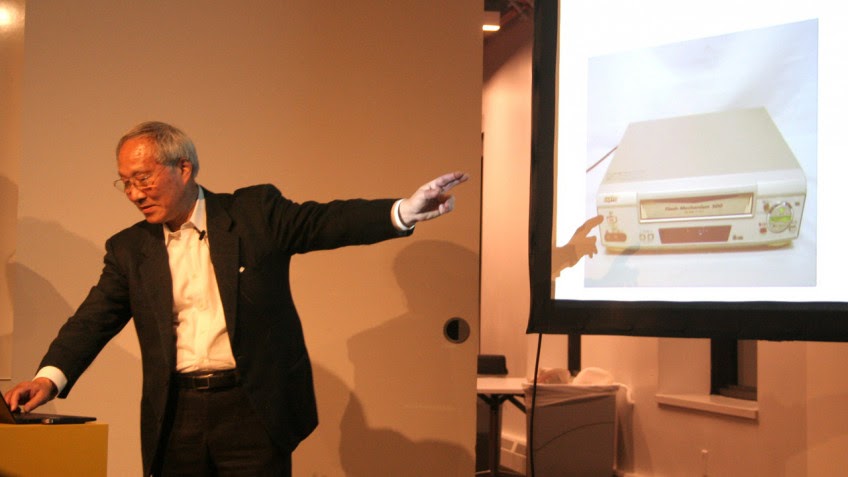
He remained an advisor at Nintendo until his death. For example, while he was gone long before Nintendo Switch, here are his comments for portal Eurogamer:
“The idea for the Switch came about five years ago,” he says. – The staff asked for advice on how the next generation of Nintendo should be, and among them there was already an idea for the Switch. Switch brings together the idea of a Game Boy-like device and a console-like device. All console game ideas and all portable device ideas. There are many ways to play games on a console like this. ”
Until the end of his life, he was passionate about what he loved. Rest in Peace Masayuki-san!

